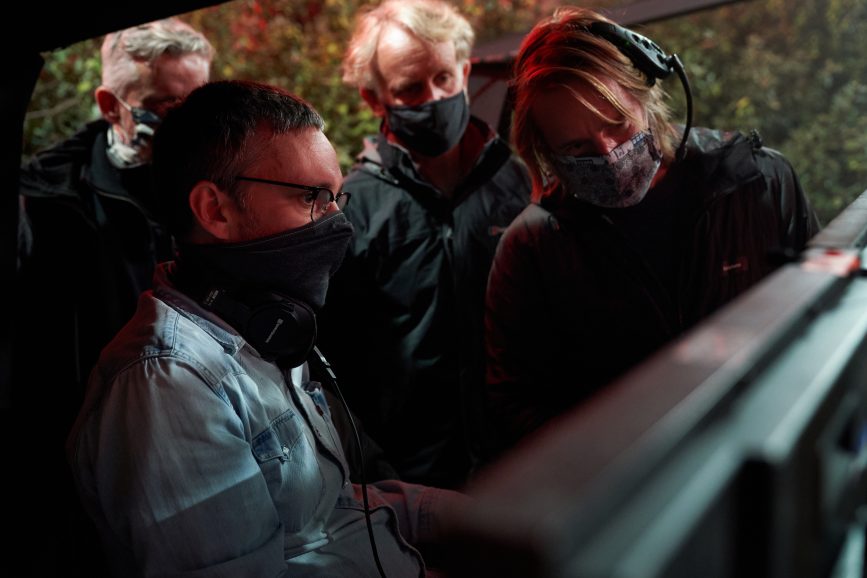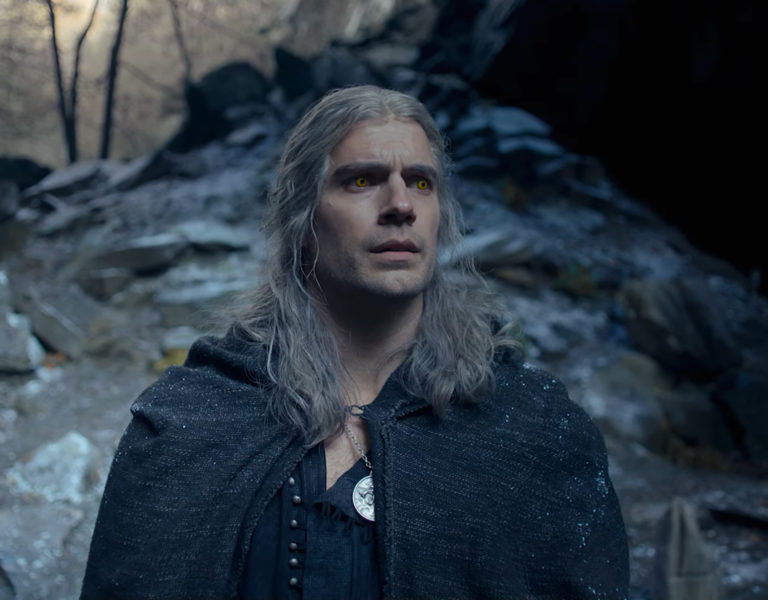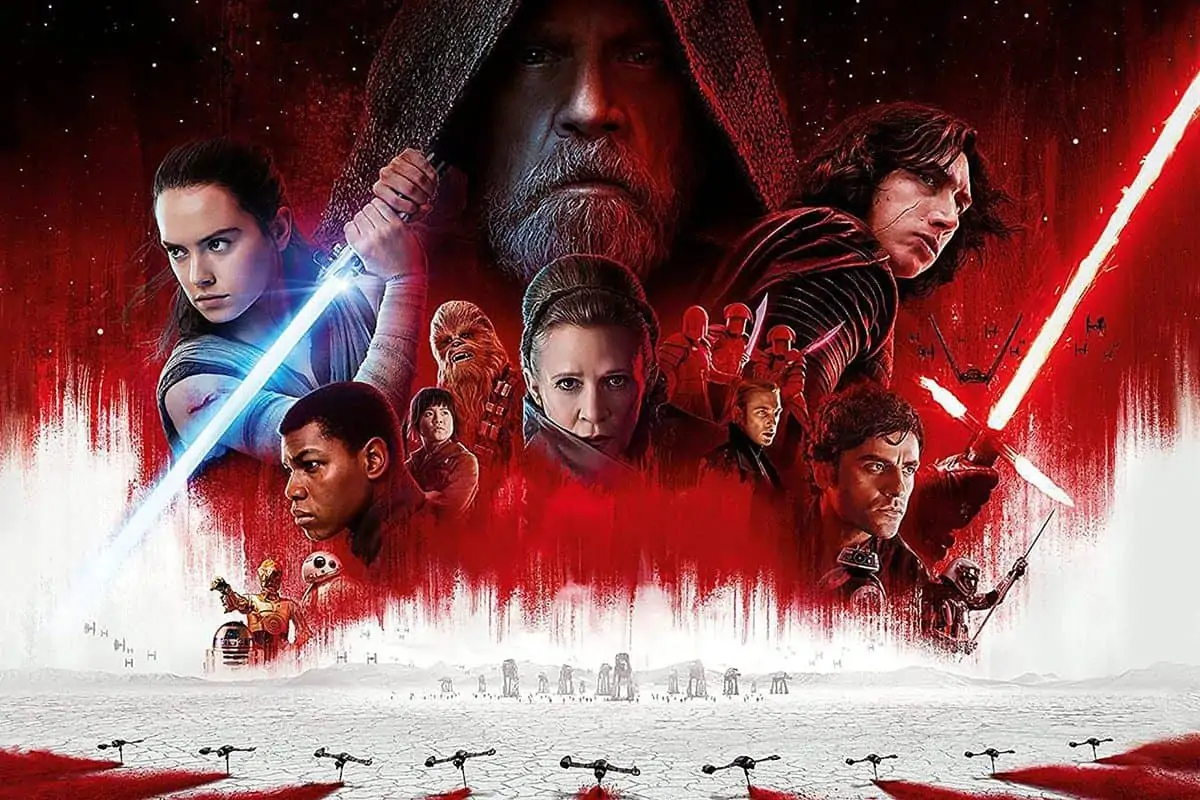FOLK FRIGHTS
Hamish Doyne-Ditmas makes a bold debut as a feature film cinematographer in Jon Wright’s Unwelcome, which recalls classic B-movie horrors.
Hamish Doyne-Ditmas ACO GBCT was a keen horror film fan from an early age. When he was nine years old, he phoned the BBC to ask if they would rerun Salem’s Lot (1979), as he had missed the second installment – and they did! Perhaps it’s kismet that Doyne-Ditmas’s first feature film assignment as a DP is Unwelcome, a thriller that hearkens back to old-school B-movie thrillers.
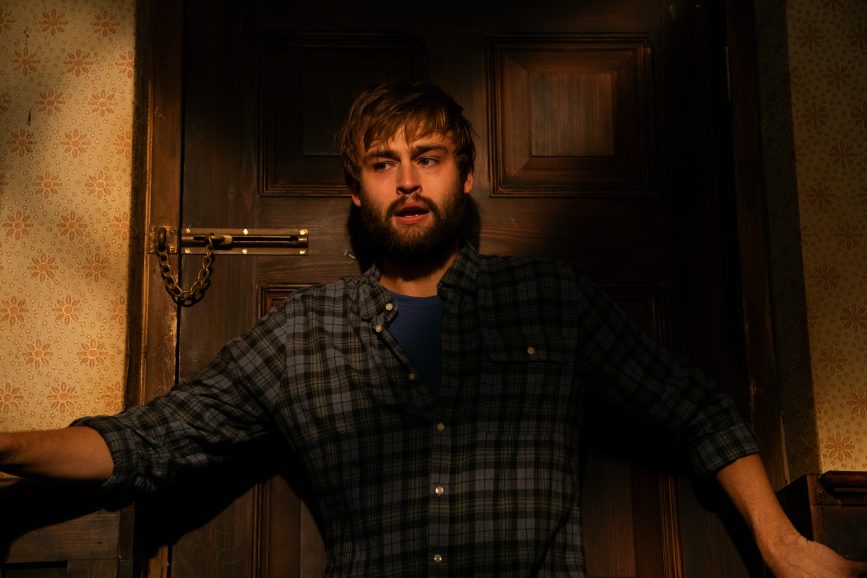
Unwelcome depicts a young couple escaping urban life in favour of the tranquility of rural western Ireland. But their idyll is rudely disrupted by vengeful denizens of the nearby forest, thought to be mythical but all too real, as it turns out.
The production was one of the very first post-COVID. The script called for a grand old house in a state of disrepair, with a large hole in the roof. After an extensive location search came up empty, the main house set, along with an extensive back garden, was built on a stage at Bovingdon Airfield Studios to the specifications of veteran production designer John Beard. Many of Doyne-Ditmas’s choices grew out of the decision to shoot on a stage, which was surrounded by a 30-foot-high grey screen, sourced by gaffer Dan Lowe, covering about 85% of the 360-degree vista.

“Given the fairy-tale element, I thought it would be appropriate to revisit the gothic atmosphere of films like The Night of The Hunter [photographed by Stanley Cortez ASC], The Innocents [Freddie Francis BSC] and Ridley Scott’s Legend [Alex Thomson BSC],” says Doyne-Ditmas. “For a stylised, high-key noir look, I decided early on to use mostly tungsten. Those classic films have a certain high-key beauty that is not particularly realistic. It’s about a big strong bulb, placed far away. The purity of the light when it hits the actors has a slightly amazing quality that LED, and all these soft sources just don’t have.”
As fans of early John Carpenter films like Halloween and The Fog (both shot by Dean Cundey ASC), Wright and Doyne-Ditmas envisioned the tale in the anamorphic format. The recipe also included Classic Soft filtration, and the camera was an ARRI ALEXA Mini.
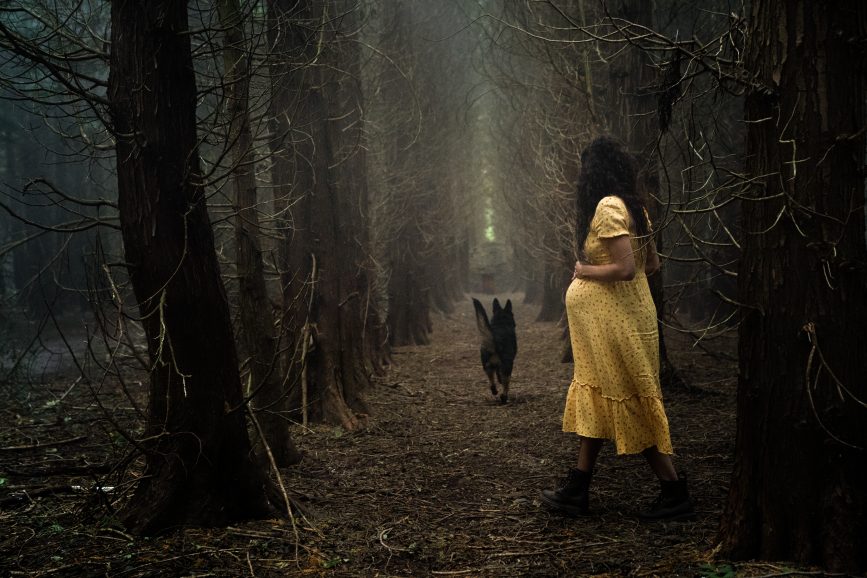
“Anamorphic seems to elevate a small picture to a larger scale,” says the cinematographer. “We were lucky to have the use of Primo Anamorphics, which are quite contrasty with a lovely fall-off. I like the wider end of the scale and always try to land on one or two lenses, which allows the viewer’s eye to go to whatever part of the frame they want to see. It’s a bit more tableau-style. We primarily used the 35 and the 50, and then for a very few close-ups, the 75mm.”
A T Series zoom was used to do all the slow zoom-ins – again very ‘70s-inspired – to draw the viewer in. Depth of field was generally kept at T4.5 for both interior and exterior. The backing screen had some translucence, enabling backlight for day or night ambience with SkyPanels, and offering advantages to VFX for sky replacement as well. Large sources – 20K, 10K and 5K and Molebeams – stood in for the sun and the moon, with Nine Lights and Dinos for bounce. In night interiors, Doyne-Ditmas sometimes used Source 4 or smaller tungsten heads to key the actors or to create fun noir slashes.

In keeping with the films that inspired them, the filmmakers did not feel beholden to realism, and that attitude informed many other choices down the line. The fairy-tale tone becomes more pronounced as the story unfolds. The more intense scenes with the troublesome creatures begin in the garden, which was set up on the house stage.
“I found that if I lit the garden with a more overcast top-light, the film seemed to lose its fantasy edge,” says Doyne-Ditmas. “Once I’d started with that idea, we needed to be fully invested. Unless we were bold and had a little fun with it, we’d end up in the middle and ruin the effect. Adam Inglis, our grader, helped me quite a bit there. We went for a fully saturated, high contrast Hollywood style, and I think that suits the material. Night exteriors, for example, are probably brighter than strictly realistic, but it’s the same quality delivered in those 1950s films.”

The forest scenes were shot in an actual wooded exterior near Hertfordshire. Access was a challenge and the lack of light sometimes required day-for-night.
“Very little light penetrates the forest,” he says. “You have these little pockets where light gets through. I underexposed by a stop and a half as a general rule. Then I’d use just a bit of bounce board or light to bring the actor up, hopefully without making her look lit. Day for night is different when you’re in broad sunlight – then you can make it look like proper strong moonlight. But in this situation, if you lift her up too much, something doesn’t sit right. I asked for her to be in a white dress, and that helped.”

A second unit headed by Peter Taylor focused on the creatures, who played against sets built 2.5 times scale. On the main unit, 1st AC Michael Green kept things sharp and key grip Alex Fraser devised clever solutions for creature POVs and a climactic shot on a wire-cam rig.
Doyne-Ditmas says that the final act, like all good horror films, is a little over the top. “There was no point holding back,” he says. “Colour wise, I really enjoyed stealing from Brian De Palma and Dario Argento. With certain kinds of cinematography, there’s a bit of fun to be had, and we didn’t shy away from that. Jon and I decided that if we were going to go crazy, we might as well go as crazy as possible.”
